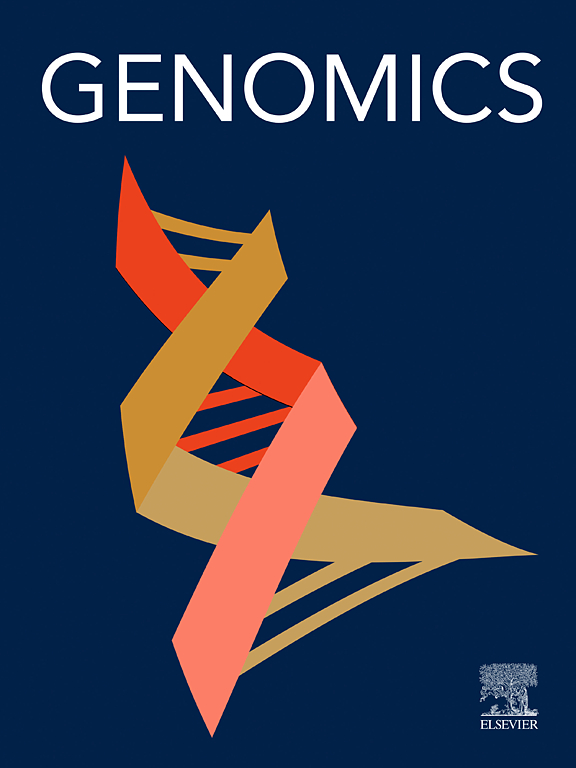Evaluation of two SARS-CoV-2 whole genome amplification and sequencing workflows for genomic surveillance and outbreak analysis in the clinical microbiology laboratory
IF 3
2区 生物学
Q2 BIOTECHNOLOGY & APPLIED MICROBIOLOGY
引用次数: 0
Abstract
Whole-genome sequencing (WGS) has become a key element of SARS-CoV-2 genomic epidemiology. In Spain and many other countries, this is mostly driven by Illumina-based sequencing, while Oxford Nanopore Tecnologies' MinION Mk1C is a low-cost, faster, and user-friendly sequencer. We aimed to evaluate the applicability of the Mk1C device with a long-amplicon PCR approach for SARS-CoV-2 rapid genomic surveillance and outbreak characterization. We compared the technical and practical performance of this workflow with the short-amplicon strategy on Illumina's MiSeq platform. We processed 183 PCR-positive nasopharyngeal samples, one positive control derived from a clinical sample, and two synthetic SARS-CoV-2 controls for both sequencing workflows. Good quality sequences were obtained by both methods: their mean breadth coverage was 99 % for both techniques and while mean depth of coverage was 1.78-fold lower for MinION (990× vs 557×), no single nucleotide polymorphism (SNP) differences were observed between paired synthetic controls and neither for most of the clinical samples (149/158, 94.3 %). Pango lineage assignments were totally concordant, which were mainly from the Omicron variant. Only one sample showed differences in sublineage assignment. Nanopore workflow had 1.3-fold shorter turnaround time to results for large batches of surveillance samples (96-well plate), and 4.1-fold for the study of small batches of outbreak-related samples. Nanopore sequencing had also a 4.5-fold lower cost per sample, considering consumables and reagents. These results support the use of MinION-based workflow for a rapid response to nosocomial outbreaks as well for its implementation into SARS-CoV-2 genomic surveillance, as a reliable alternative to Illumina MiSeq-based workflow.
临床微生物实验室基因组监测和疫情分析的两种SARS-CoV-2全基因组扩增和测序工作流程评估
全基因组测序(WGS)已成为SARS-CoV-2基因组流行病学的关键要素。在西班牙和许多其他国家,这主要是由illumina公司的测序驱动的,而牛津纳米孔技术公司的MinION Mk1C是一种低成本、更快、用户友好的测序仪。我们的目的是评估Mk1C装置与长扩增子PCR方法在SARS-CoV-2快速基因组监测和疫情表征中的适用性。我们将该工作流程的技术和实际性能与Illumina的MiSeq平台上的短扩增子策略进行了比较。我们处理了183份pcr阳性鼻咽样本,一份来自临床样本的阳性对照,以及两份合成SARS-CoV-2对照,用于两个测序工作流程。两种方法都获得了高质量的序列:两种技术的平均广度覆盖率为99 %,而MinION的平均覆盖深度低1.78倍(990x vs 557x),配对合成对照之间没有单核苷酸多态性(SNP)差异,大多数临床样本也没有差异(149/158,94.3 %)。Pango谱系分配完全一致,主要来自于Omicron变体。只有一个样本显示了亚谱系分配的差异。对于大批量的监测样本(96孔板),纳米孔工作流程的结果周转时间缩短了1.3倍,对于小批量的疫情相关样本的研究,其周转时间缩短了4.1倍。考虑到耗材和试剂,纳米孔测序每个样品的成本也降低了4.5倍。这些结果支持使用基于minix的工作流程快速响应医院疫情,并将其应用于SARS-CoV-2基因组监测,作为基于Illumina miseq工作流程的可靠替代方案。
本文章由计算机程序翻译,如有差异,请以英文原文为准。
求助全文
约1分钟内获得全文
求助全文
来源期刊

Genomics
生物-生物工程与应用微生物
CiteScore
9.60
自引率
2.30%
发文量
260
审稿时长
60 days
期刊介绍:
Genomics is a forum for describing the development of genome-scale technologies and their application to all areas of biological investigation.
As a journal that has evolved with the field that carries its name, Genomics focuses on the development and application of cutting-edge methods, addressing fundamental questions with potential interest to a wide audience. Our aim is to publish the highest quality research and to provide authors with rapid, fair and accurate review and publication of manuscripts falling within our scope.
 求助内容:
求助内容: 应助结果提醒方式:
应助结果提醒方式:


